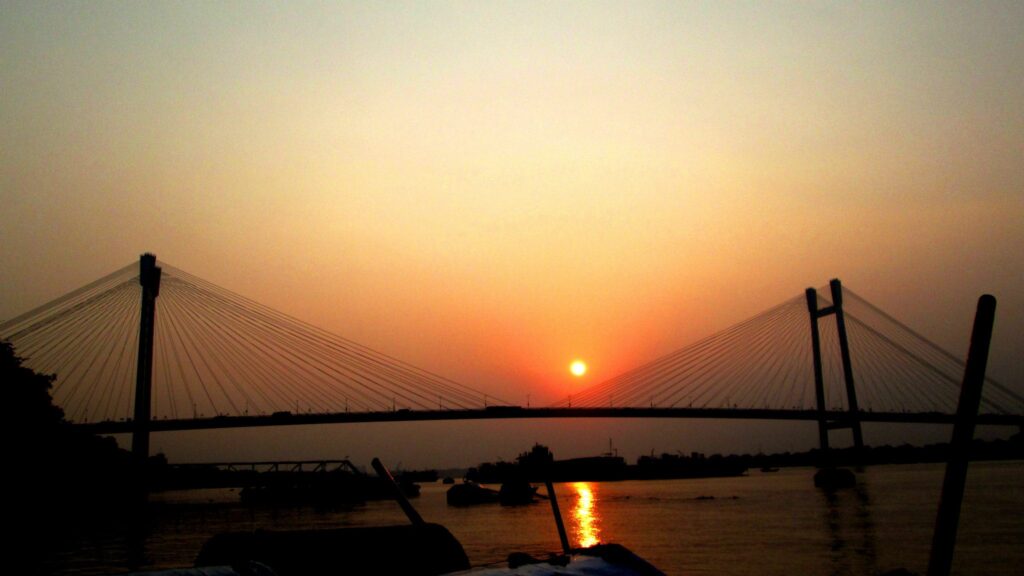What happens when generations of people from Kolkata, who celebrate the city’s birthday on August 24, get to know that the tradition was nothing but an urban legend? Generations of people from Kolkata have been celebrating August 24 as Kolkata Day to commemorate the day Job Charnock — the British East India Company’s chief agent in Bengal — set foot on the land.
In June 2022, the Kolkata Circle of the Archaeological Survey of India (ASI) made significant discoveries. Excavations near Robert Clive’s House in Dum Dum uncovered evidence of human settlements in Kolkata dating back nearly 2,000 years. This challenged the long-held belief that Charnock established the city in the late 17th century. These findings suggest that Kolkata’s roots extend far beyond British colonisation and into a rich pre-colonial past of culture, trade, and civilisation.
The notion of Charnock as Kolkata’s founder was further questioned in 2003 when the Calcutta High Court ruled that Charnock could not be considered the city’s founder. This decision was based on the findings of an academic committee that presented evidence of a pre-existing, highly civilised society in the region, with significant trading activities that dated back to the 15th and 16th centuries. The area, Kalikatah, was mentioned in historical records long before the British presence. The excavations at Chandraketugarh, about 25 km from Kolkata, also provide evidence of ancient habitation.
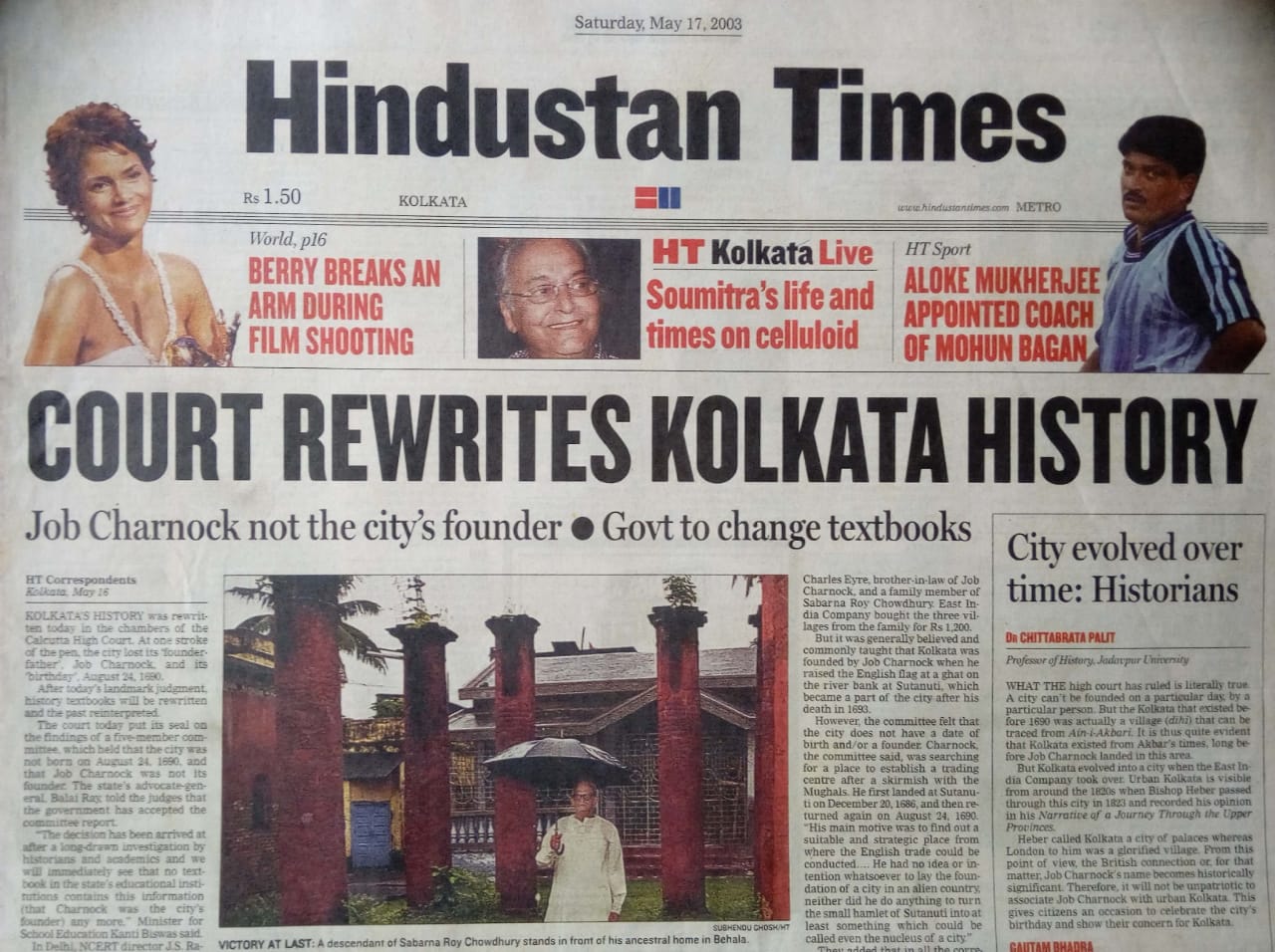
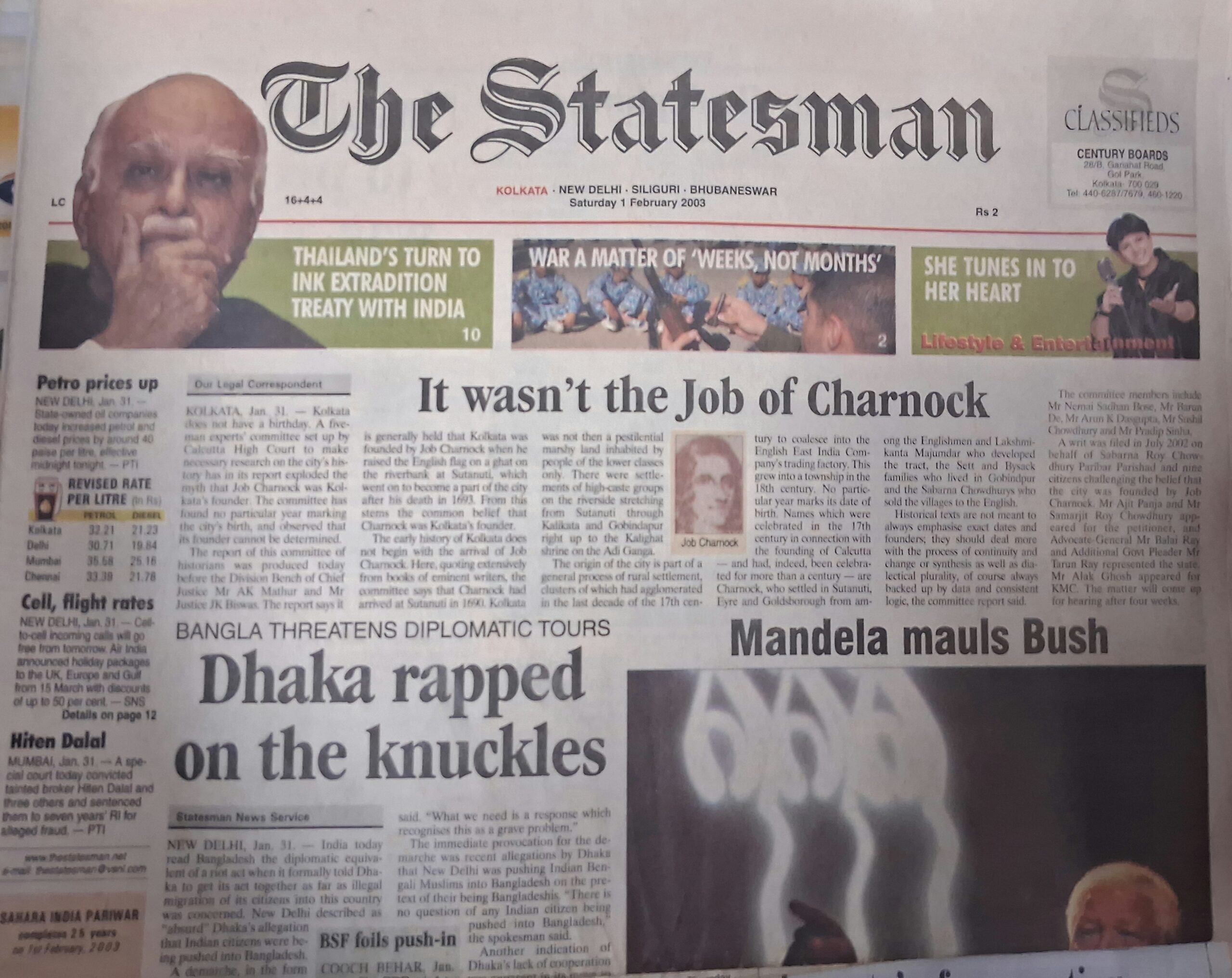
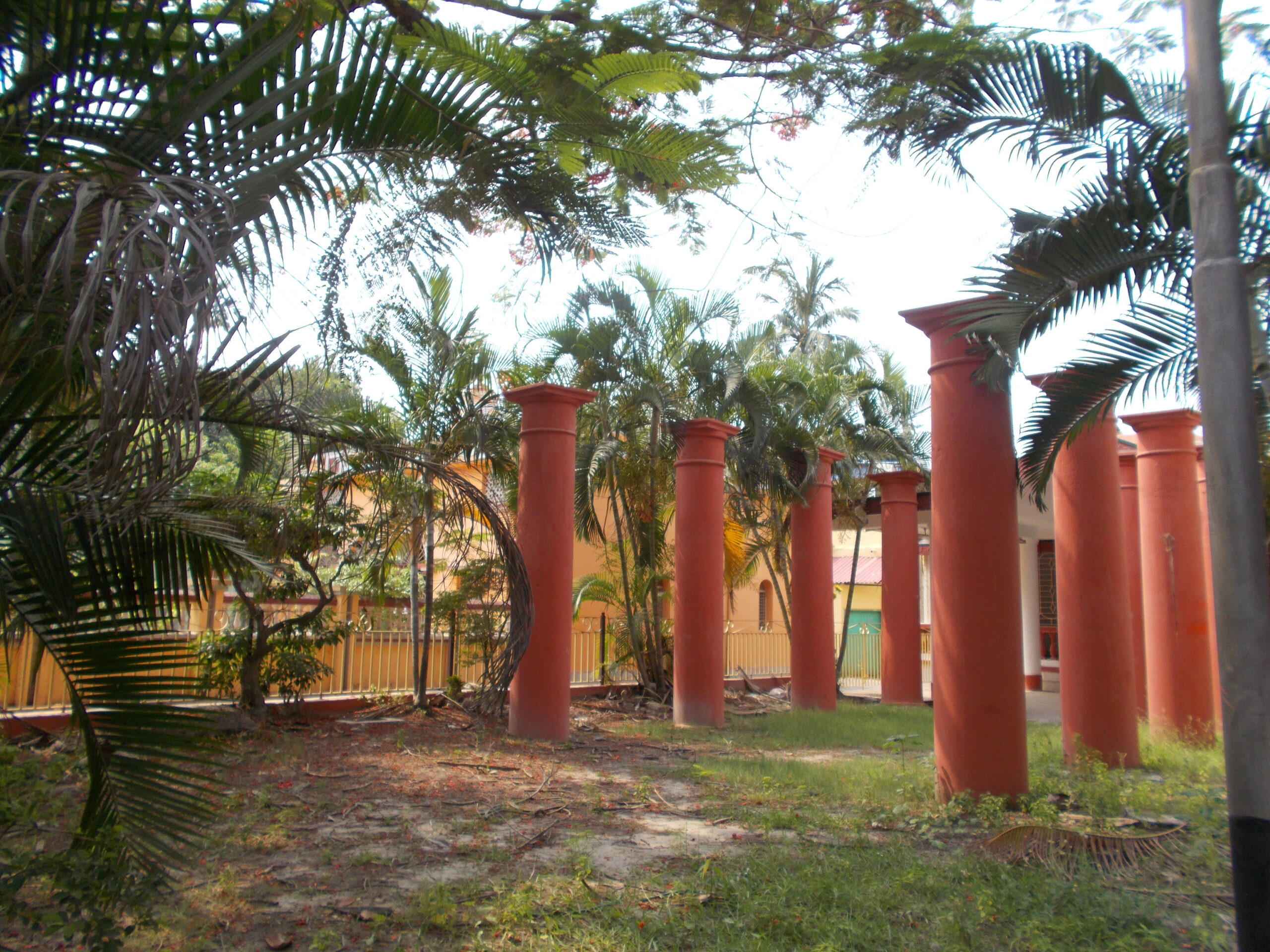
Calcutta was established as a trade centre after the Britisher, led by Charnock, bought three villages — Kalikata, Sutanuti and Gobindapur from the local landlord families in 1698. However, the Sabarna Roy Chowdhury family — a zamindar family of Mughal Bengal — challenged the British claim in court. The family’s descendants argue that the land had a rich history of settlement and development long before Charnock’s arrival. In 2019, actor Prosenjit Chatterjee made a video celebrating Kolkata’s birthday and alleged the wrong history of Charnock being the founder of Kolkata. Sabarna Roy Chowdhury’s family sent a legal notice to him on August 29, 2019, mentioning that they had only leased these three villages to the British, and that happened six years after Charnock’s death.
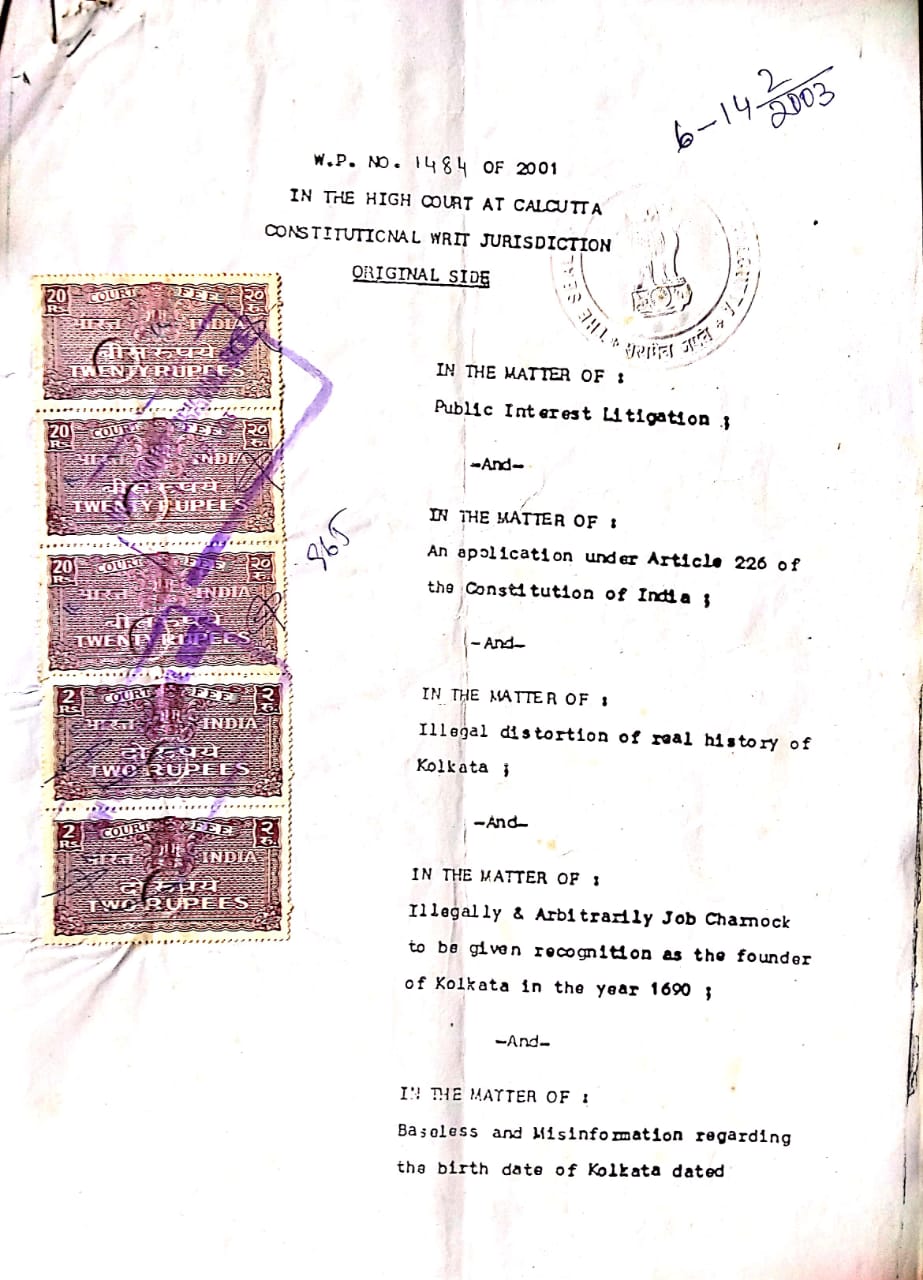
Dr. Pooja Banerjee, a guest lecturer in the Department of History at Jadavpur University, Kolkata, explains, “The excavations at Chandraketugarh, 35 kms north of Kolkata, provide enough evidence that this region has been inhabited for over two millennia. Kolkata was known as Kalikata, which was described as a village surrounded by jungles on the bank of the river Ganga or Adi Ganga in Manasamangal and Chandikavya, serving as a renowned port, commercial hub, and a Hindu pilgrimage site of Kalighat temple.”
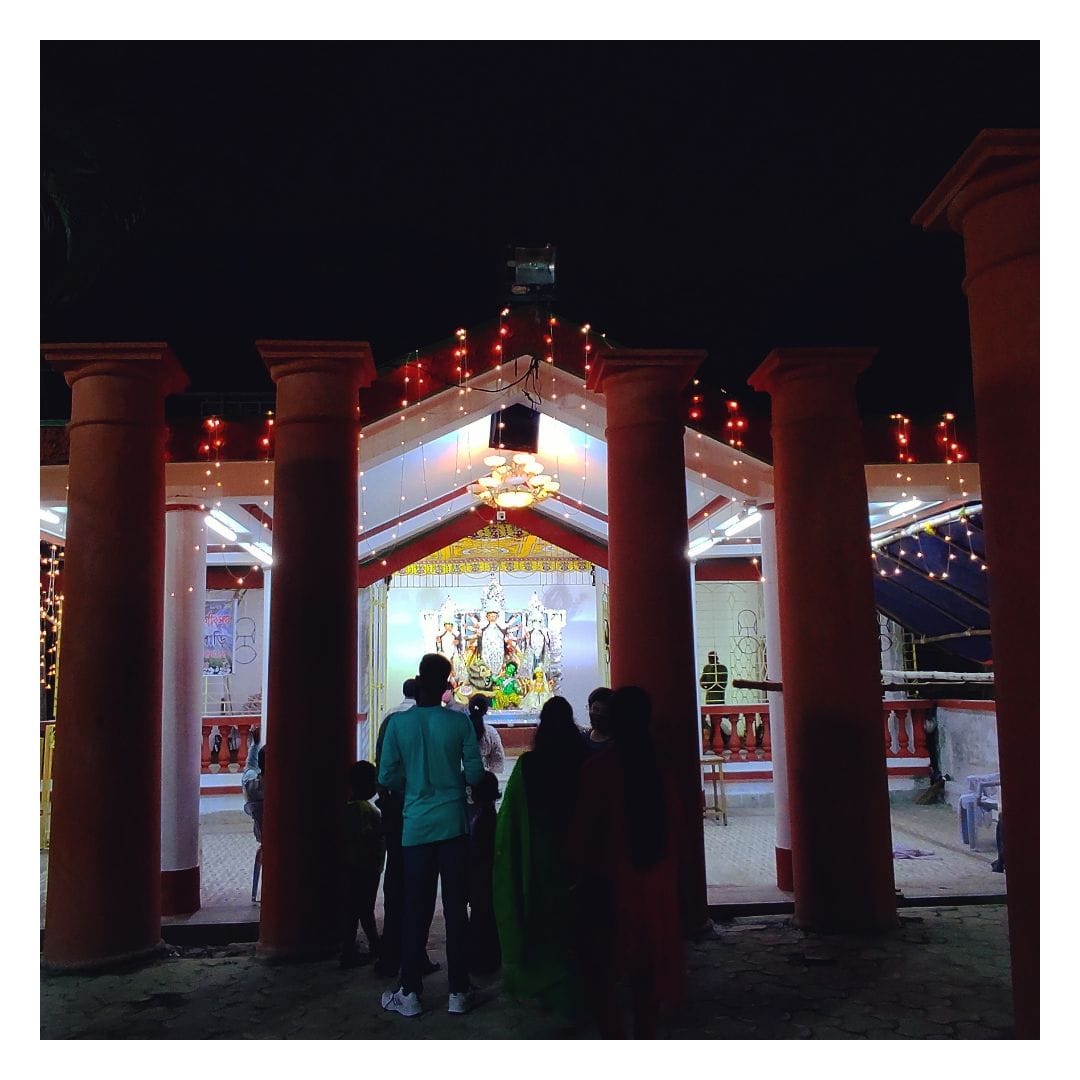
Rama Deb Roy mentioned the same in her journal, ‘Glimpses on the History of Calcutta 1600-1800’. In Manasamangal and Chandikavya, Kalikata was mentioned as a small hamlet close to the sacred tirtha of Kalishetra or Kalighat. At the same time, Ain-i-Akbari was called a Mahal within the Sarkar of Satgaon (Saptagrama). British historian C.R. Wilson testified to the existence of Calcutta before the British, attributing its evolution to the growth of many centuries.
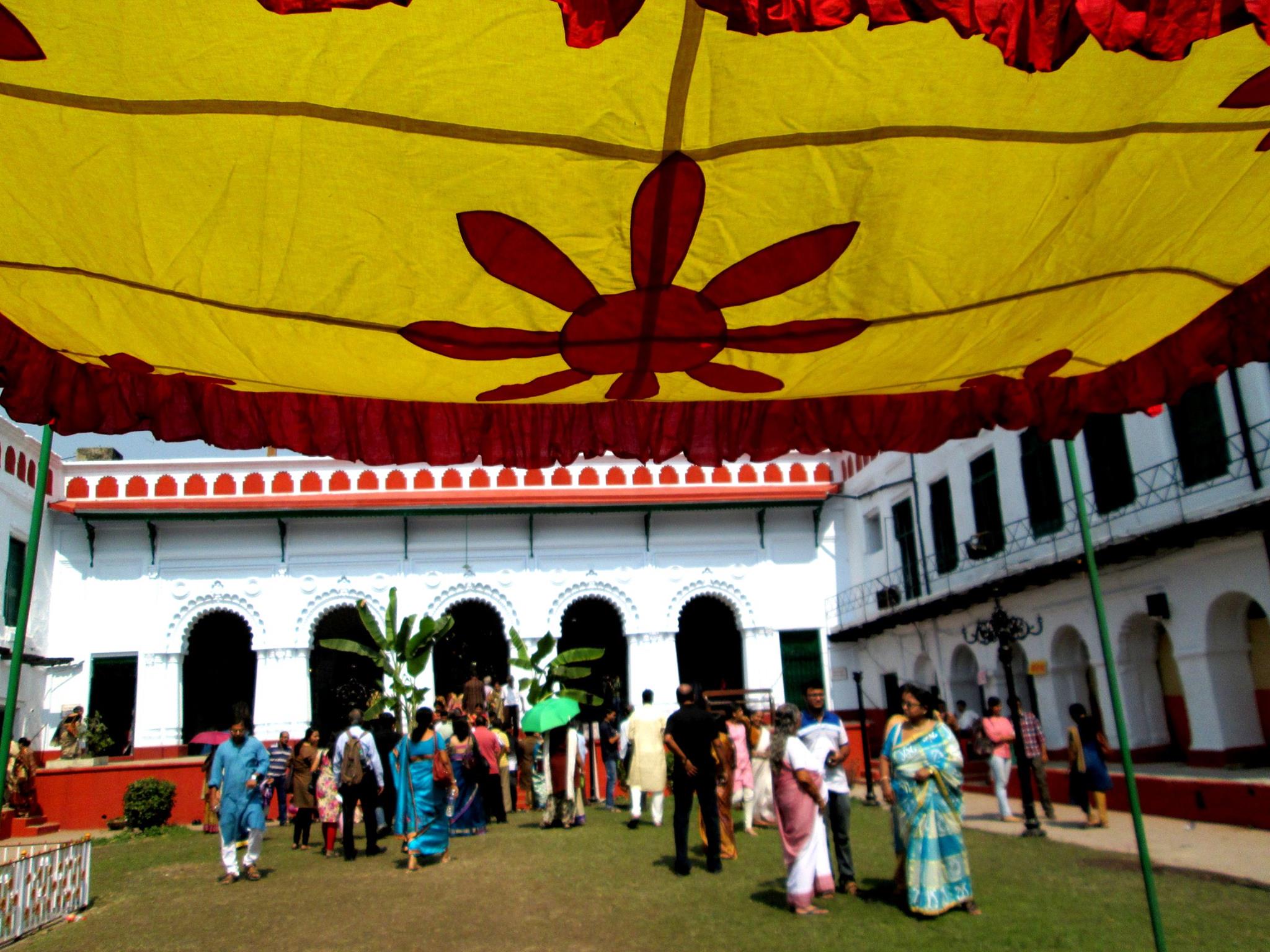
The Portuguese arrival in Bengal in the 1530s expanded the region’s trading network, including areas such as Betor (Sibpur) and Garden Reach. However, the silting of the Saraswati River by 1565 led to the decline of Saptagram, a major commercial town, which prompted the traders to migrate to other areas, including the future site of Kolkata. Some major Zamindar families became powerful in the subsequent era and profited from their land holdings and trading activities with the British East India Company. Shovabazar Rajbari, Chatubabu Latu Babu, Pathuriaghata, Dutta Bari and Jorashanko Thakurbari are some of the key prominent names. Nobel Laureate Rabindranath Tagore belonged to Jorashanko Thakurbari.
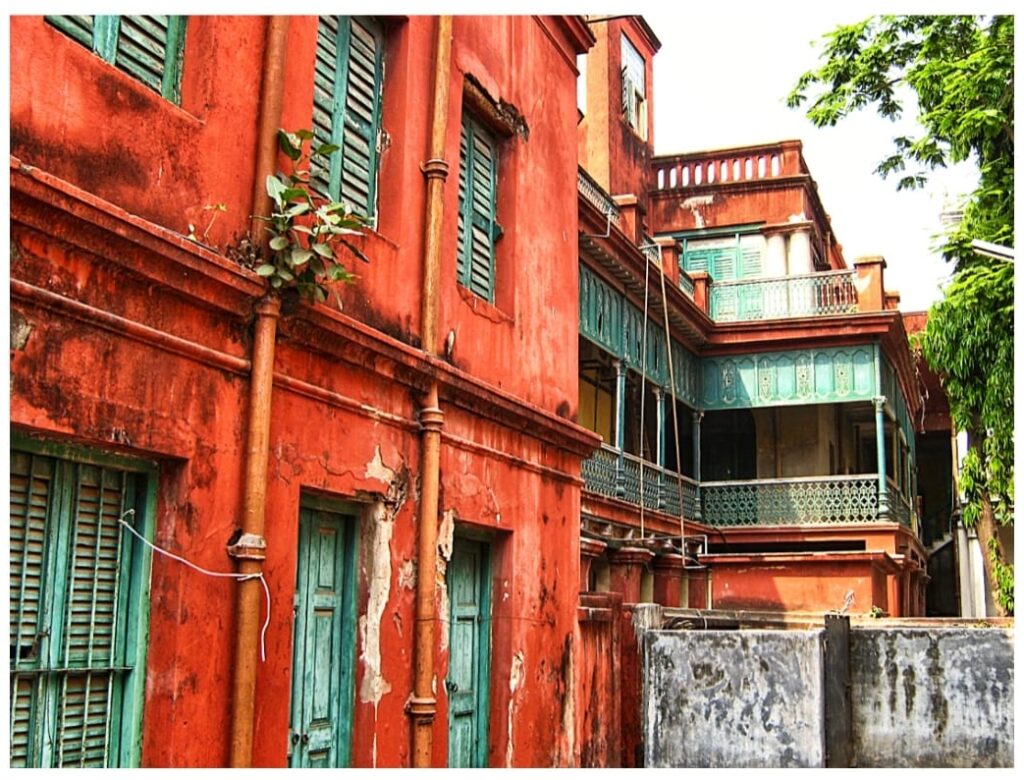
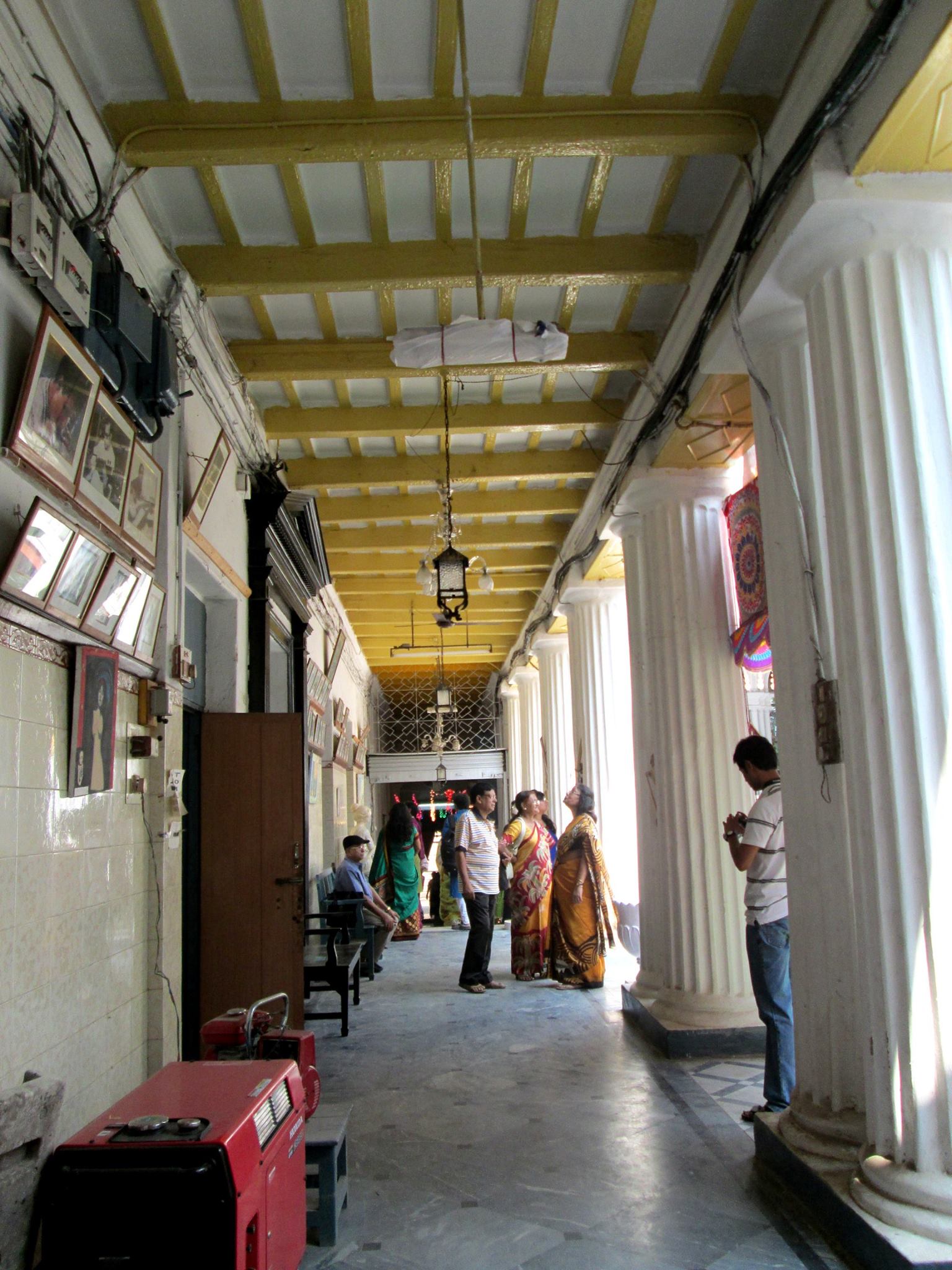
The Sabarna Roy Chowdhury family’s historical significance is particularly notable. Lakshmikanta Roy Chowdhury, the family founder, was granted the jaigirdari of eight Parganas, including Dihi Kalkatah, by Man Singh, a governor under the Mughal Empire, in 1608. The family played a crucial role in developing the land, initiating cottage industries and cultural practices that laid the foundation for the city’s growth.
Devarshi Roy Choudhury, a descendant and head of the Sabarna Roy Chowdhury family, reflects on the family’s legacy. He says, “The successful court order has proven that Charnock was never the father of Kolkata. Even before the British arrived, the Dutch, Portuguese, and French came to Bengal, which attracted Job Charnock to come here to establish a successful British trading zone.”
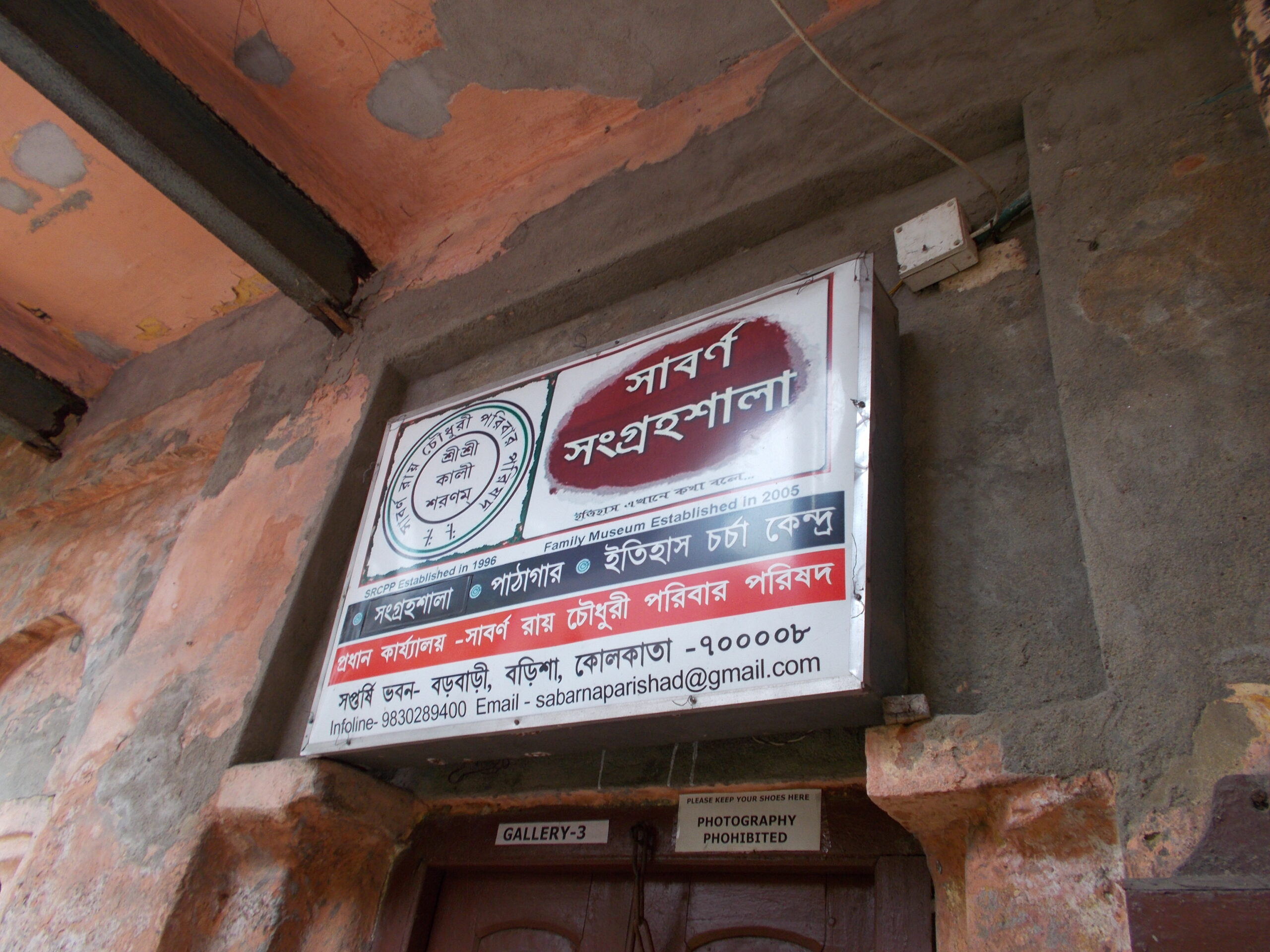
Jawahar Sircar, an MP, former IAS officer, and a scholar, also discussed the city’s founding in his article ‘Job Charnock or the Armenians: Who Founded Calcutta?’ published in ‘The Sundy Statesman’ on August 25, 1985. While acknowledging the early Armenian settlers’ contributions, Sircar ultimately supports Charnock’s status as the city’s founder, arguing that founding a city involves more than just securing land rights.
Moreover, the presence of structures that predate the British era points to a vibrant pre-colonial habitation. These include the Temple of Chittesvari (Durga), built in 1610 by Monohor Ghosh, the Temple of Ramesvar (Siva), built in 1655 by Nandaram Sen, and Sabarna Roy Chowdhury’s Atchala temple at Barisha. The Armenian Church, built in 1724, and the Bandel Church, constructed in 1599, further attest to the region’s rich history.
The story of Kolkata’s origins is thus complex and multi-layered, encompassing centuries of cultural, economic, and social development long before the British arrived. The recent excavations and scholarly debates remind us that history is often more intricate than the narratives we are taught, revealing a city whose roots run deep into the annals of time.
[Scholars appointed by the Calcutta High Court in the writ petition titled ‘Sabarna Roy Chowdhury Paribar Parishad (Petitioners) vs. The State of West Bengal (Respondent)’ in 2001 include: Profs. Nemai Sadhan Bose, Barun De, Pradip Sinha, Arun Kumar Dasgupta and Sushil Chowdhury].
Copy Editor: Nelson Mudaliar

